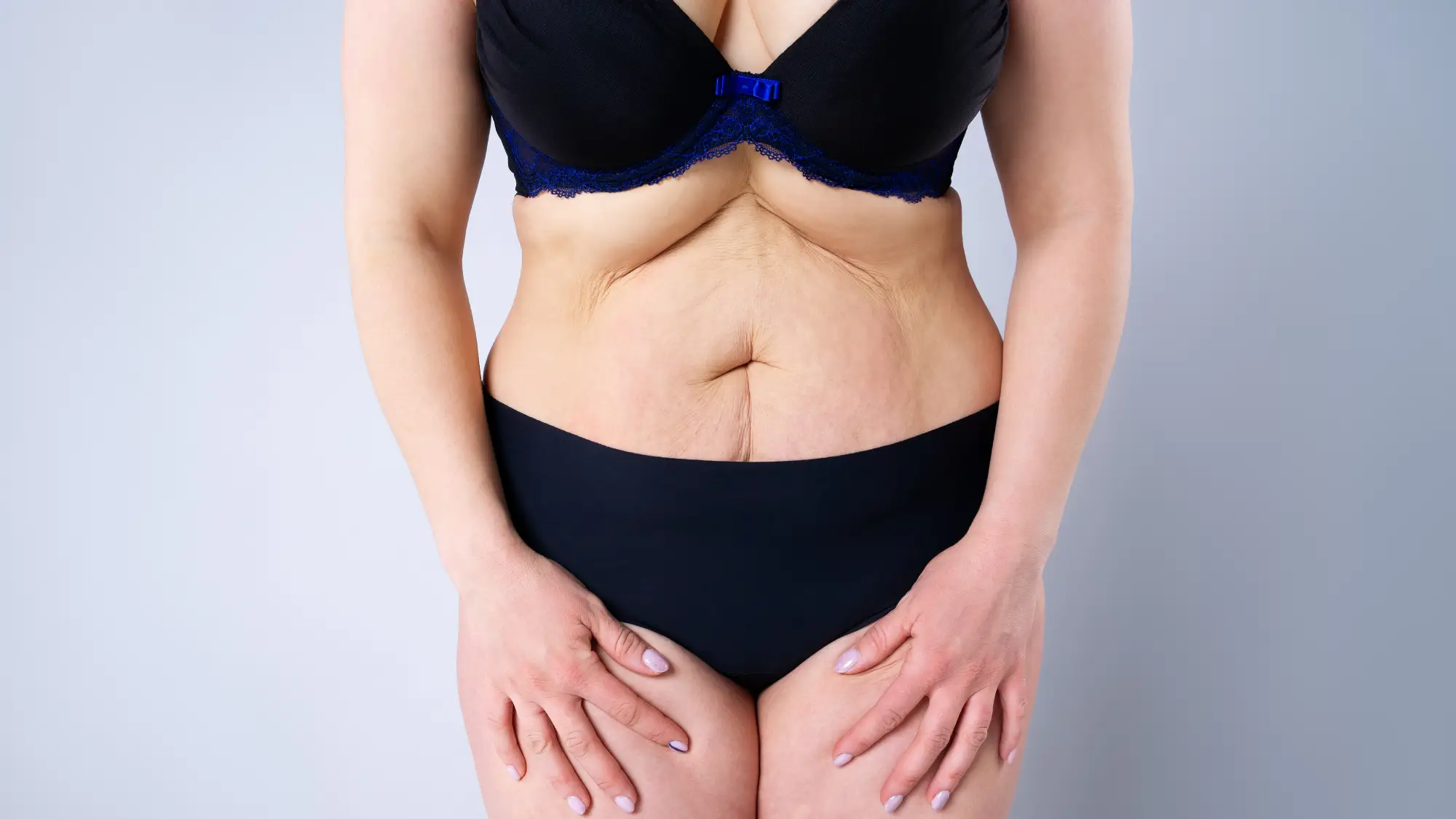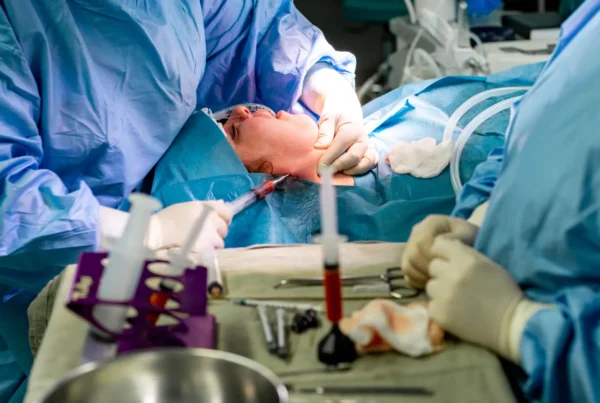When considering body contouring procedures to achieve a more sculpted silhouette, many patients find themselves weighing the options of liposuction and tummy tuck surgery. While both procedures aim to improve the abdominal area and overall body shape, they target different concerns and are suited for different patient needs. Understanding these key distinctions is crucial for making an informed decision that aligns with your aesthetic goals.
Understanding Liposuction
Liposuction is a body contouring procedure primarily designed to remove stubborn pockets of localized fat that are resistant to diet and exercise. It’s not a weight-loss solution but rather a sculpting tool for areas like the abdomen, flanks, thighs, arms, or neck.
- Target: Primarily focuses on fat removal.
- Skin Elasticity: Ideal for patients who have good skin elasticity. This is because after the fat is removed, the skin needs to have the ability to retract and naturally tighten over the new, leaner contour. If skin elasticity is poor, liposuction alone may leave loose, sagging skin.
- Invasiveness: It is considered a minimally invasive surgical procedure, utilizing small incisions through which a thin tube (cannula) is inserted to suction out fat.
- Skin Laxity: Crucially, liposuction does not address loose or excess skin. It only removes fat, meaning any pre-existing skin laxity will remain, and in some cases, might appear more noticeable once the underlying fat is gone.
- Recovery: Generally shorter recovery compared to a tummy tuck, with most patients returning to light activities within a few days to a week.
Understanding Tummy Tuck (Abdominoplasty)
A tummy tuck, or abdominoplasty, is a more comprehensive surgical procedure designed to address a combination of concerns in the abdominal area, specifically excess skin and weakened abdominal muscles.
- Target: Removes excess skin and tightens abdominal muscles. This makes it perfect for patients with loose, sagging skin after significant weight loss (including post-Ozempic weight loss) or multiple pregnancies.
- Muscle Repair: A key component of a tummy tuck is the repair of separated abdominal muscles (diastasis recti), which often occur after pregnancy or substantial weight fluctuations. The surgeon stitches these muscles back together, creating a flatter and firmer abdominal wall.
- Invasiveness: This is a more invasive procedure than liposuction, involving a longer incision typically made low on the abdomen, just above the pubic area, extending from hip to hip. This allows for the removal of a significant amount of excess skin and direct access to the abdominal muscles for tightening.
- Recovery: Due to its more extensive nature, a tummy tuck has a longer recovery period, often requiring several weeks for significant healing and activity restrictions.
- Combined Approach: It is often combined with liposuction for optimal results, especially to address fat pockets in the flanks or upper abdomen that are not directly targeted by the skin removal.
Which Should You Choose? Making the Right Decision
The choice between liposuction and a tummy tuck hinges on your primary concerns and the condition of your skin and muscles:
- Choose Liposuction if: You have localized pockets of stubborn fat and your skin has good elasticity. You are generally happy with your muscle tone, but wish to remove specific fat bulges to achieve a more sculpted contour.
- Choose a Tummy Tuck if: You have significant loose, sagging skin in the abdominal area, often accompanied by stretch marks, especially after pregnancy or major weight loss. You also have weakened or separated abdominal muscles that contribute to a protruding belly.
- Combination: In many cases, patients benefit most from a combination of both procedures. Liposuction can sculpt areas adjacent to the abdomen, such as the flanks, while the tummy tuck addresses the skin laxity and muscle separation in the central abdomen.
The Importance of a Professional Consultation
Your surgeon will assess your anatomy and goals to recommend the best approach. During a thorough consultation with a board-certified plastic surgeon, they will:
- Evaluate your skin elasticity, the amount of excess fat, and the condition of your abdominal muscles.
- Discuss your aesthetic goals and lifestyle.
- Explain the nuances of each procedure, including potential risks, benefits, and expected recovery.
- Show you before-and-after photos of similar cases to help set realistic expectations.
Understanding your options ensures you set realistic expectations and achieve your desired body shape safely and effectively. A personalized treatment plan will be developed to help you achieve the most aesthetically pleasing and natural-looking outcome.




